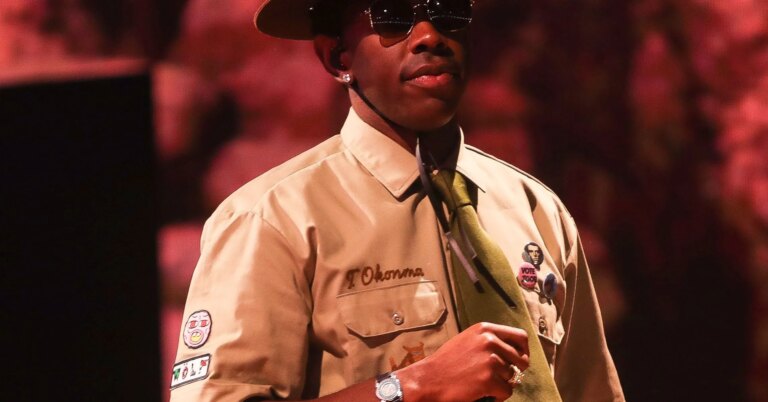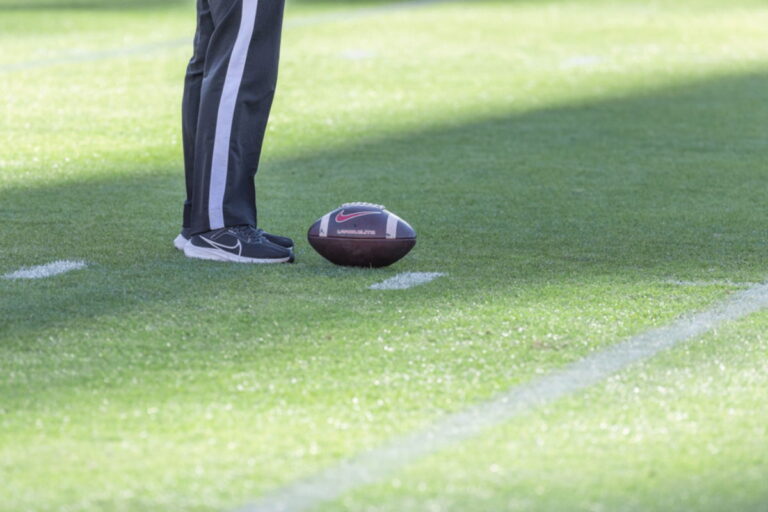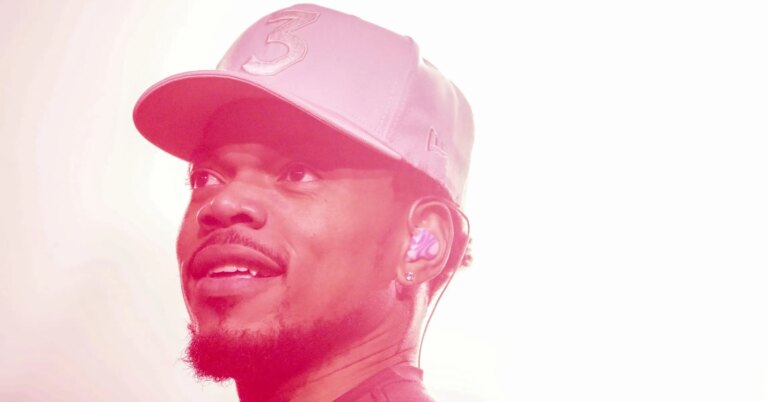
When you attend any Black household gathering—whether or not it’s a marriage, celebration, or vacation celebration—you’ll discover Black folks rejoicing and collaborating in a enjoyable line dance, all whereas smiling from ear to ear with family members. Whether or not it’s the Cha Cha Slide, the Electrical Slide, or the “Can’t Get Sufficient” line dance, we now have an plain rhythm, shifting our toes in good concord as if we had rehearsed a well-choreographed routine. However there’s extra to our love for dancing than simply enjoyable.
From Africa to the world.
Line dancing within the Black group has deep cultural roots, starting with African traditions and ultimately making its approach to enslaved people after their lengthy, painful journey to the USA. In response to the Jazz Historical past Tree, these distinctive dances served as instruments for worship and group constructing. The Ring Shout, as an illustration, was a counterclockwise dance carried out in ceremonial worship relationship again to the 1500s. As Sterling Stuckey wrote in his e book, Slave Tradition: Nationalist Idea & the Foundations of Black America, “the dancing and singing have been directed to the ancestors and gods, the tempo and revolution of the circle quickening throughout the course of the motion.”
For enslaved folks, the Ring Shout was greater than a dance—it was a spiritual follow the place Christianity blended with African parts. Contributors moved in a circle, creating rhythm by clapping and patting their toes. One particular person would set the tempo by singing, with the group responding in call-and-response. Typically, one other particular person would create further rhythm by hanging the ground with a picket stick or broom. This distinctive type of expression not solely carried non secular significance but in addition helped construct group, unity, and resilience.
Line dancing in New Orleans’ Congo Sq. gained important fame within the mid-1800s, because it grew to become a central gathering place for enslaved people each Sunday, based on podcaster and Reverend Emmett G. Value. This vibrant house allowed them to return collectively, and create music rooted of their conventional cultures utilizing drums and different native devices, as they engaged in social dancing. It was a singular alternative to attach, share the rhythms of their indigenous lands, and protect their cultural heritage by way of motion and music.
“The confluence of these rhythms and harmonies allowed them to collect in social dancing. And that is the place they danced with their backs robust and straight, with their necks upright and up lengthy,” Value defined on a June 2024 episode of his YouTube present All Rev’d Up with co-host Reverend Irene Monroe. “They might additionally do lots of hip actions, and they’d get down—they’d type of groove in what we now know as grinding—nevertheless it was not essentially a hyper-sexual factor. It was an indication of vitality. It was an indication of energy and energy.”
It was a type of resistance.
In response to cultural professional, Nsenga Okay. Burton, line dancing was additionally a type of resistance because it served as a strong instrument serving to enslaved Africans to speak and mobilize by way of misery.
“It was a method for them to provide directions once they have been making an attempt to do one thing, whether or not it was to flee or to prepare,” Burton advised CNN throughout an interview revealed March 29. “You concentrate on [the dance] the limbo, which is definitely a Caribbean type of dance, however that got here out of this concept of slave ships, how tight they have been and the way confined they have been.”
The weather of the Ring Shout and different types of line dancing carried on into the Harlem Renaissance, as Black tradition continued to evolve artistically. Throughout this era, swing dances just like the “Shim Sham” emerged, based on Lindyland. Created in 1928 on the Savoy Ballroom by Leonard Reed and Willie Bryant, this faucet dance routine blended stomping, tapping, and shimmying, rapidly gaining reputation. The Shim Sham grew to become a staple of swing dance, remaining a beloved type of expression all through the Thirties and Forties.
As highlighted by MadameNoire, within the Fifties, “The Stroll” grew to become one other iconic dance born out of the Black group. Whereas it initially had roots in Black tradition, it gained widespread reputation after debuting on American Bandstand.
Black folks would proceed to innovate and create iconic line dancing over the following decade, starting within the Seventies and Nineteen Eighties. Its evolution made a serious shift because of the rise of soul, funk, and disco music. Throughout this time, line dancing grew to become extra mainstream, with iconic dances like “The Hustle” and “The Electrical Slide,” which gained widespread reputation. The Electrical Slide, particularly, grew to become a signature dance within the Black group, synonymous with household reunions, cookouts, and membership gatherings.
Line dancing gained mainstream success within the 90’s and 2000s.
As hip-hop music started to dominate the music scene within the Nineties, line dancing continued to evolve, incorporating new kinds and rhythms. Songs like “The Cupid Shuffle” and “Wobble” introduced line dancing to a brand new technology, with these dances changing into staples at events, golf equipment, and weddings. These dances typically function easy steps which might be straightforward to comply with, permitting folks from all walks of life to affix in.
“Black tradition is a collective tradition,” Burton shared with CNN. “Line dancing is cool as a result of it provides us a possibility to attach with others, to precise ourselves with others, and to collaborate on dances. It’s simply one other method by which we come collectively and categorical it visually. With line dancing, it doesn’t matter what political celebration you’re. It doesn’t matter the place you grew up if you happen to went to non-public faculty, public, it doesn’t matter,” she added. “You simply come collectively and also you create. You categorical your self in a method that’s pleasing, that’s enjoyable and that provides you a way of group.”
SEE ALSO:
Historical past Of The ‘Freedom’s Journal’ The first African American Newspaper
The Historical past Of Black Cowboy Style
Household Reunion Vibes: The Black Historical past Of Line Dancing
was initially revealed on
newsone.com








